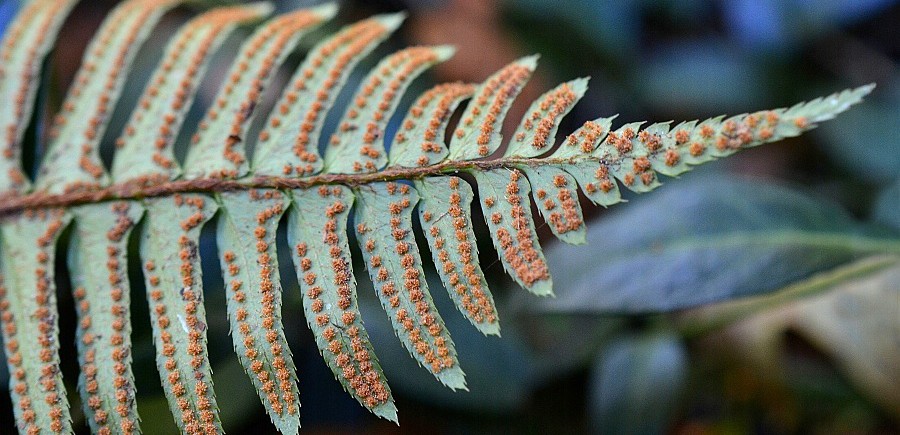
Of all types of birds, birds of prey have always fascinated people. —Jim Knight
____________________
Last summer we had experts fall some dangerous leaning and rotting trees on our forest property. While it was a difficult decision to part with some of our favorites, to ease the loss, we made certain to leave enough snags and logs for habitat. Hoping for a positive result from our efforts, it was almost immediate that we started seeing more wildlife. Hawks were (and remain) especially active.
Red-tailed Hawk Buteo jamaicensis —Pacific Northwest Range: Year-round. Similar Species: Swainson’s Hawk ~Buteo swainsoni, Cooper’s Hawk ~Accipiter cooperii, Rough-legged Hawk ~Buteo lagopus, Ferruginous Hawk ~Buteo regalis, Northern Goshawk ~Accipiter gentilis, Northern Harrier ~Circus cyaneus. Habitat: Fields, desert, grasslands, open forests. Food: Rodents, birds, reptiles, and carrion.
Imagine my surprise when I walked out the back door, and not more than ten feet away was a red-tailed hawk. For five short seconds, the immature red-tailed, hadn’t seen me. The hawks feathers were wet and pointing every which way from the rain. With wings flapping and half spread, he or she, shifted weight from one leg to the other as if dancing. Made a complete circle, saw me, and took flight. I can only speculate that the young hawk engaged in a swoop and grab maneuver at a Douglas squirrel, and failed. Because a forest presents many obstacles, a red-tailed hawk must use the element of surprise and be quick about it. I’ve seen adult red-tailed’s catch Douglas squirrels by knocking them senseless from tree branches. It was clear that this young hawk has much to learn, but with practice, will become a skilled hunter.
~ ~ ~
Sharp-shinned Hawk Accipiter striatus —Pacific Northwest Range: Year-round/and summer-winter migrant. Similar Species: Cooper’s Hawk ~Accipiter cooperii, Merlin ~Falco columbarius. Habitat: Forests and forest margins, urban areas. Food: Songbirds (nestlings/fledglings), occasionally larger birds such as doves and woodpeckers, and small rodents, and insects.
Another exciting hawk patrolling our woods year-round is the sharp-shinned hawk (aka sharpie). This is North Americas smallest hawk. About the size of a jay (females being larger than males), the head is small, the tail is long with dark bands, and the wings are short and rounded. When hunting, the sharpie will sometimes perch and wait. When unsuspecting prey gets within range, the sharpie pounces. Much of the time though, the sharpie is a “pursuit hunter” using a sudden burst of speed that often ends with deadly precision. Recently, I had the good fortune of watching a sharpie pursue a junco. I say good fortune because I either lose sight of the pursuit or, I see only the end. This time I saw it from the start to finish. In our niche of the woods, juncos tend to be at the top of the sharpies menu. A burst of winged energy, the pursuit was on. It was powerful and graceful. It was fast! It was like watching a cheetah chasing a gazelle. I know the sharpie has to eat, but I was rooting for the junco. The chase took place several feet above the ground with several feet between them. In a blur of feathers, they zigged and zagged between shrubs and avoided colliding with trees. In seconds, it was over. The junco darted into a fern glade while the sharpie flew away to preen his feathers and his pride.
~ ~ ~
Cooper’s Hawk ~Accipiter cooperii ~ Pacific Northwest Range: Year-round/and summer migrant. Similar Species: Sharp-shinned Hawk ~Accipiter striatus, Red-tailed Hawk ~Buteo jamaicensis, Northern Goshawk ~Accipiter gentilis, Northern Harrier ~Circus cyaneus, Merlin ~Falco columbarius, Peregrine Falcon ~Falco peregrinus. Habitat: Forest and woodlands, fields and roadsides, and urban areas where trees are present. Food: Small to medium-sized birds (nestlings/fledglings), rodents, and bats.
It was a rare moment, my close encounter with a Cooper’s hawk. Named for American naturalist William Cooper (1798-1864), this marvelous raptor is about the size of a crow (females being larger than males) that inhabits our woods year-round. I had just gone outside when she flew past. You could say she buzzed me she was so close. It took me a millisecond to realize what was happening. She was after a junco that was ahead of the chase by about three feet. Back and forth they flew. Although a fast hawk, there were many obstacles, and her flight was on the verge of awkward. They banked left, and then right. They flew up and then down; the junco flying for all he was worth to keep ahead. The chase seemed to last a while, but was over in less than a minute. As the hawk zeroed in, the junco vanished in a thicket of Oregon grape causing her to land abruptly; her talons grasping clumps of moss. I think even she was surprised she’d missed.
I’d like to add that while finishing this post, I looked out the window and saw a large raptor fly through the woods. Too fast, and distant to identify, but judging by the size, which seems to borderline eagle, the big hawk was probably a female red-tailed. With any luck, she’ll return, and so my hawk watch continues. Until next time friends, happy birding, and keep your binoculars close.
____________________
For more information about these hawks and more, just click on their name links.
Sources: The Cornell Lab of Ornithology
____________________
Copyright 2016. All rights reserved.

You must be logged in to post a comment.